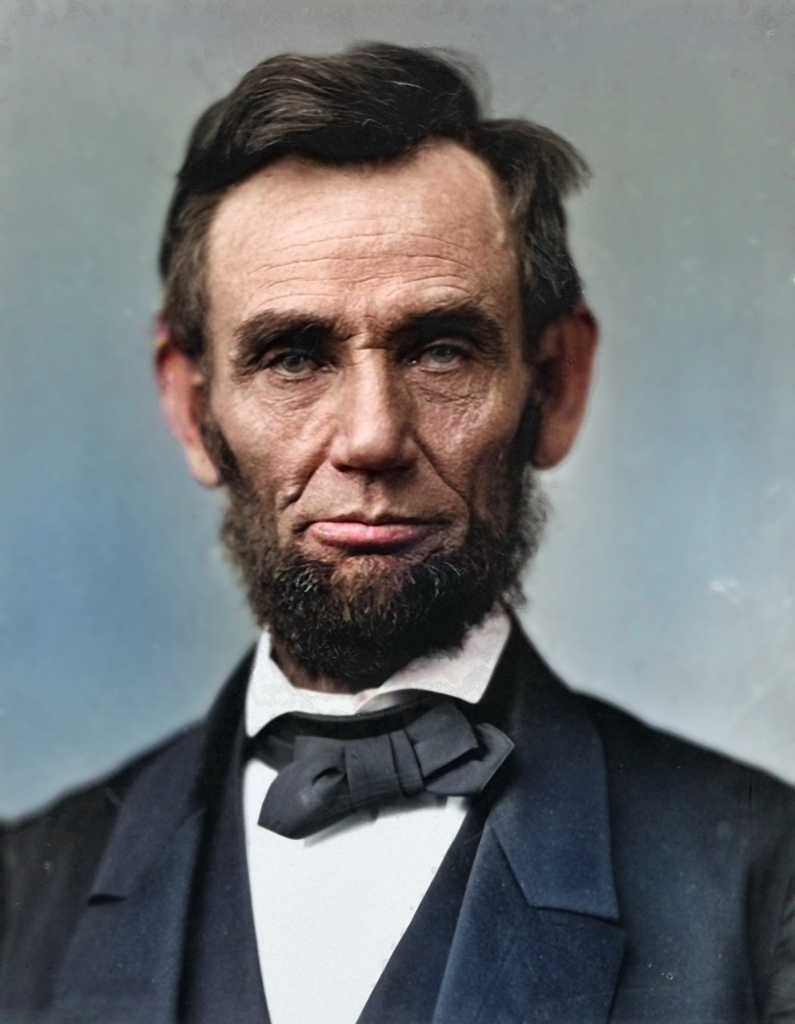
“I never, during the 10 years of circuit life I knew him, ever heard him mention a hard bed or an unsatisfactory meal of victuals.” This was the account by one of Abraham Lincoln’s acquaintances of the 16th president’s attitude toward food a man as plain in meals as in life. Don’t be deceived by Lincoln’s plainness, however. Behind Honest Abe’s myth is a surprisingly delicious food history full of ordinary pleasures, family rituals, and some classics that have survived in spite of the passage of time. For American history buffs and food enthusiasts, Lincoln’s favorites are not so much foods They’re portals to the everyday life of a president who created a nation. From White House galley to his Springfield residence, these dishes offer a side of Lincoln that is as engaging as it is enchanting. Craving to chomp on history? These nine of Lincoln’s favorite foods, along with their backstories, advice, and secrets from the era, are ready to be served.

1. Apple Pie and the Presidential Affair for Fruit
It’s no exaggeration that apples were the favorite snack of Lincoln. He would happily have a meal of plain apple and nuts, and his affection for apples was the family and friend legend. The historical record indicates that Lincoln was so fond of fruit pie that women in Salem, Massachusetts, would send the White House care packages of them to him. Apple pie was not merely a dessert, but also an emblem of home and warmth during the tempestuous days of his tenure in office. But Lincoln’s apple desires were not all he had. He loved fresh fruit in any form or shape, and lunches as simple as a biscuit and fruit. This simplicity was continued by the other presidents of the period, like John Adams, who too preferred apple desserts. For Lincoln, apple pie slice was not dessert but a slice of Americana, a taste of the country he worked so many years to unify.
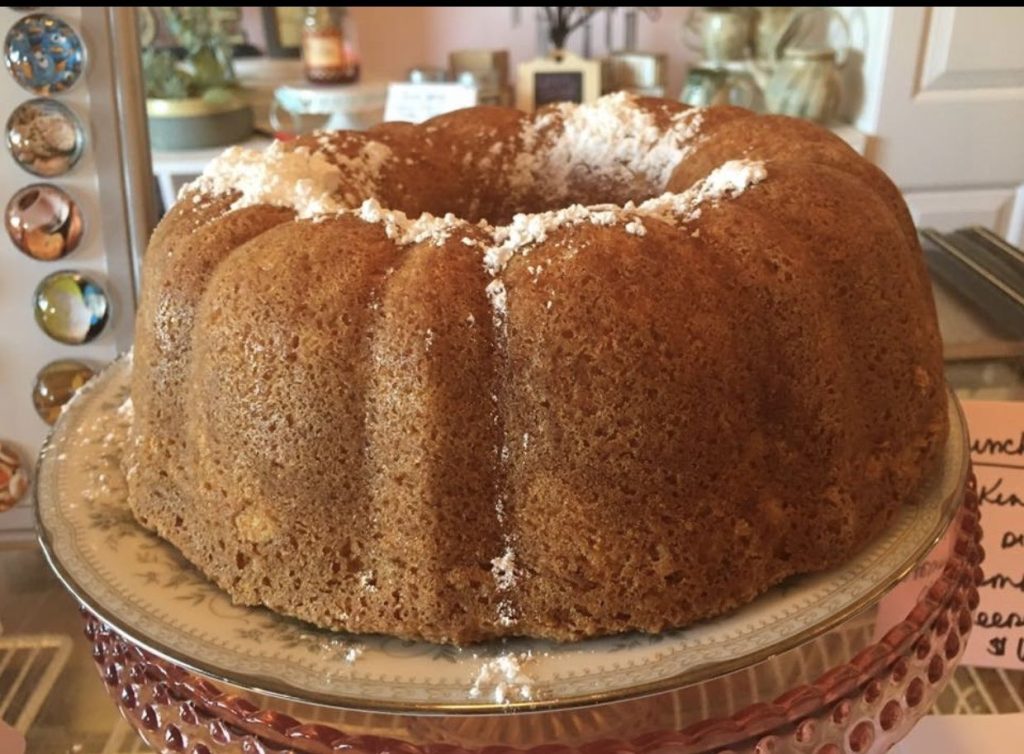
2. Mary Todd Lincoln’s Legendary White Almond Cake
If there is one dessert that summarizes the history of the Lincolns, it is Mary Todd Lincoln’s white almond cake. The “courtship cake,” as it was called, was always found on tables during family celebrations and even appeared at Lincoln’s Springfield presidential campaign celebration. Mary Todd obtained the recipe from a Lexington caterer, according to the U.S. National Park Service, and later turned it into a household favorite dessert.
The secret to the cake? A delicate crumb, courtesy of stiff-beaten egg whites, and a deep, understated, luxurious almond taste. Mary Todd’s white almond cake was a hit, Lincoln reportedly exclaiming it was “the best cake I ever ate,” according to a number of accounts. Today’s cake is still a sweet reminder of Lincolns’ union and the power of food to bring people together even in the White House.

3. Gingerbread Men and a Lesson in Kindness
Gingerbread men were worth more to a boy than an indulgence to Lincoln more than a token of boyish extravagance than a display of kindness and generosity.
In legend, young Abe shared his favorite gingerbread cookies with a poorer boy, something he later used to defeat Stephen Douglas in a legendary debate. The anecdote, as told by Carl Sandburg, tells us a lot about Lincoln’s character: “Abe, I don’t s’pose anybody on earth likes gingerbread better’n I do and gets less’n I do.” Beyond the anecdote, gingerbread was a rare food of Lincoln’s boyhood in rural countryside.
With ginger and sorghum in them, the cookie was a foreign luxury and every bite a pleasure to chew. Gingerbread found its way into White House kitchens as well, with other first ladies like Dolley Madison serving their own gingerbread at tea time. Lincoln’s gingerbread men were more than a cookie a lesson in largesse, humility, and pleasure in simplicity of life.
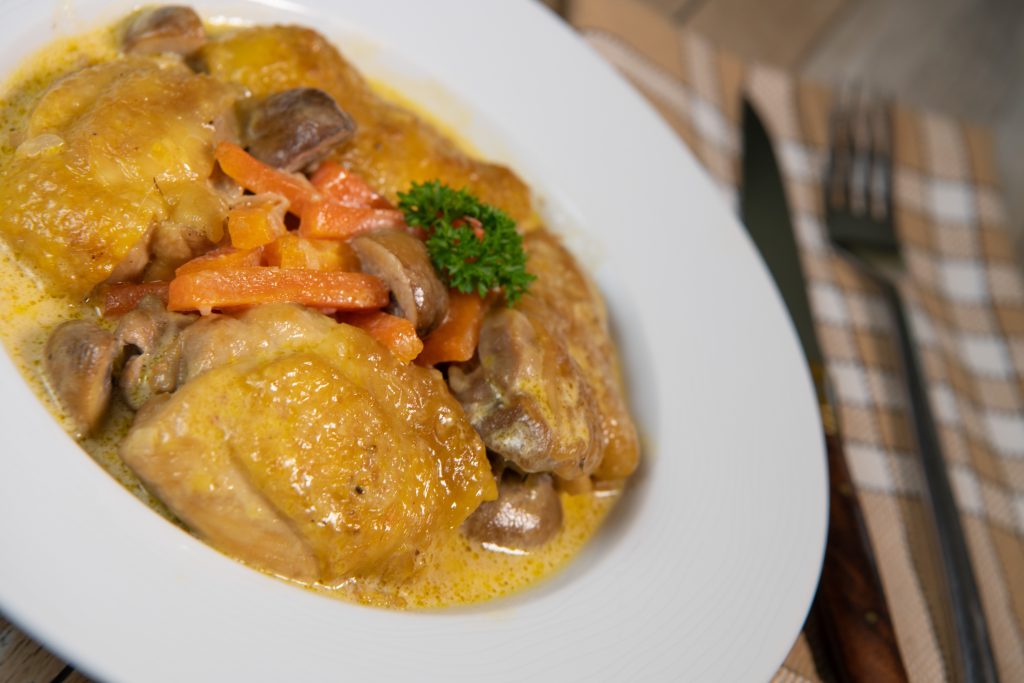
4. Chicken Fricassee: A Comfort Food with a Presidential Touch
Chicken fricassee is high cuisine now, but during Lincoln’s day, it was a household comfort food. The dish a decadent chicken and vegetable stew slow-cooked in a rich sauce was one of the Lincoln family’s favorites. Mary Todd would prepare chicken fricassee herself, having learned how to cook after marrying Lincoln, according to Civil War accounts.
What distinguished this dish was its combination of powerful-hewn flavors and delicate spices like nutmeg and mace which represented both Lincoln’s pioneer heritage and Mary’s Kentucky heritage.
Chicken fricassee was not just dinner it was more of an injection of home, a meal that instilled a warmth into a president who habitually skipped meals or even gave up eating altogether. At the time of great White House dinner parties, Lincoln’s love of this humble stew tells us a lot about his earthy nature.

5. Oysters: A Presidential Indulgence
Oysters would be the last that should come to mind one would expect to eat for a president of simple tastes, yet Lincoln enjoyed them in every shape and form mainly stews and pickled. Oysters dominated his second inaugural dinner, served in stews and as starters. The menu for the evening is like a banquet, but Lincoln himself had a taste for the simple, salty flavor of oysters, preferably served with fresh bread or crackers.
Oysters were a festive harbinger in the 19th century, and the fact that they adorned Lincoln’s table was testament to cooking trends of the period as well as to the president’s indulgence on himself during celebrations. To food historians, it is a reminder that even humble presidents indulge occasionally in food.
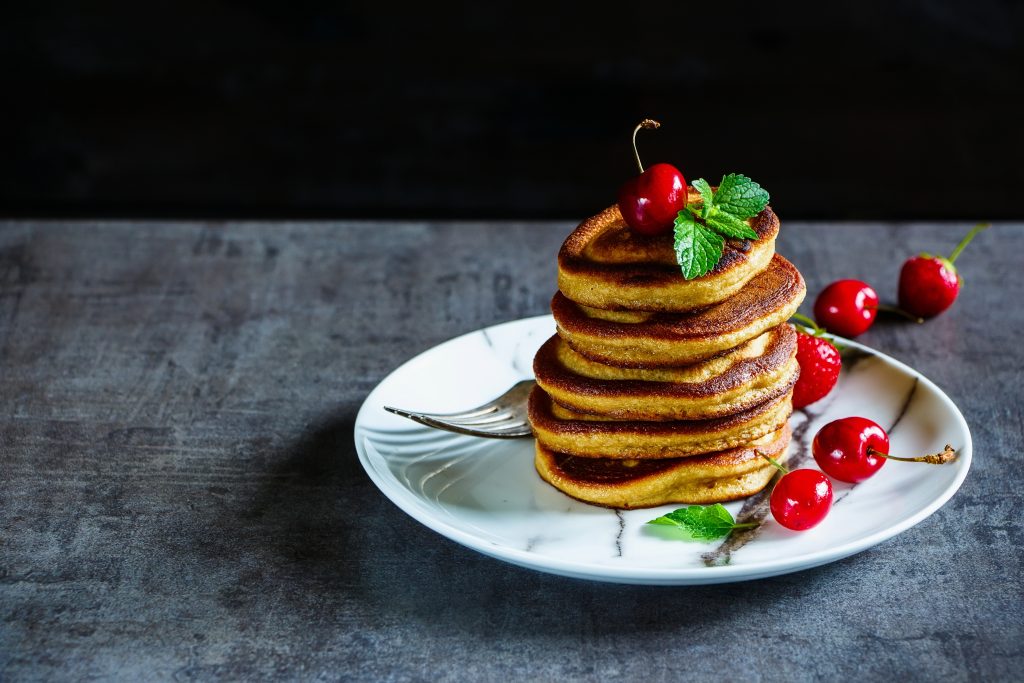
6. Corn Cakes and the Art of Simple Pleasures
Hoecakes or corn cakes or johnnycakes were one of the President’s childhood delight and remained his favorite throughout right up to the end of his life. He even used to say jokingly that he could eat them “as quick as two women could make ’em!” Those plain cakes made of cornmeal and buttermilk were the ultimate comfort food out on the frontier.
Lincoln’s love of corn cakes was also shared by other presidents, including James Polk, who loved corn pone. The tradition of corn breads is rich in American history, symbolizing strength, intelligence, and the ability to appreciate the simplest grub. To Lincoln, a hot plate of corn cakes was breakfast and a little more a taste of his own modest origins.

7. Biscuits and Plain Lunches
At midday, Lincoln was plain man: a biscuit and fruit were enough. This plain streak had nothing to do with ease, however; it was a carryover from boyhood and the penny-pinching habits he took with him into manhood. Biscuits packed lunchboxes for many Americans in the 1800s, providing sustenance without fanfare.
This plain, but satisfying, tradition of lunch is alive and well in the lives of other presidents, including John Quincy Adams, who said, “Five or six small crackers and a glass of water give me a sumptuous dinner.” The biscuit was a symbol for Lincoln of common sense and the simple things in life.
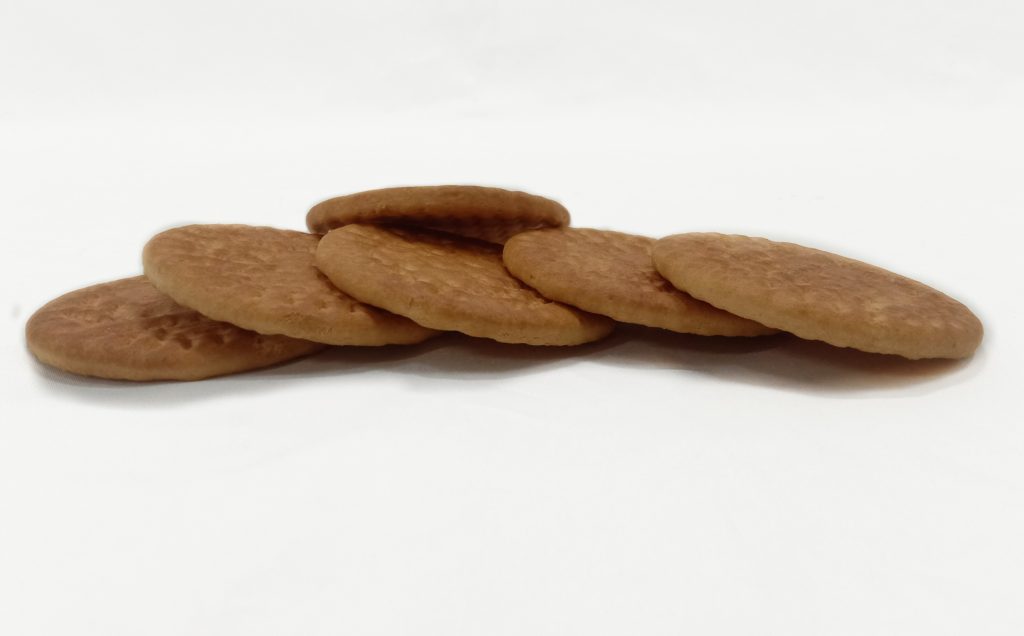
8. Lincoln’s Cookies: A Forgotten Favorite
While apple pie and almond cake are the stars, Lincoln’s cookies a combination of dried currants or raisins and a dusting of nutmeg were the delight. In traditional recipes, cookies were baked to be served on special occasions and enjoyed by friends and family.
Lincoln’s cookie love is but one part of his love of fruit in sweet treats, a love so legendary that it induced loyalists to dispatch White House pies and sweets. The cookies are a delicious reminder that even the finest icons of history had a sweet tooth and appreciated the enjoyment of home-baked items.

9. Blackberry Pie and the Inaugural Menu
At Lincoln’s first inaugural dinner, the menu was famously simple as a pancake soup, meat, potatoes, and blackberry pie. This simple approach was not a mark of poverty, as it may appear at first glance, but an indication of Lincoln’s fondness for good simple grub. Blackberry pie, with its pungent flavor and homey appeal, was the ideal close for a meal as simple in its tastes as the president.
The tradition of serving plain fruit pies at presidential events has persisted, but no dessert is as forever and irrevocably connected to a person as blackberry pie is to Lincoln. It’s a tart-sweet reminder that all the best things in life are the simplest.
Abraham Lincoln’s comfort foods are full of contradictions: plain flavors and legendary recipes, presidential grandeur and humble origins.
Each is a bite-sized lesson in history, a taste of everyday life for a ruler who led the country as much through wisdom as empathy. For foodies and historians both, rebuilding these dishes from the ground up is more than taste-testing flavors describing flavors, even it’s about extending an arm to the past, bite for bite.


